
Thermo-chiller installation in high altitude of 1000 meters or more Because of lower air density, the heat radiation efficiencies of the devices in the product will be lower in the location at altitude of 1000m or higher. For this reason, the maximum ambient temperature for the thermo-chiller operation and the cooling capacity will be reduced.
Warning Do not drop, bump or apply excessive impacts (300m/s2 or more for reed auto switches and 1000m/s2 or more for solid state auto switches) while handling. Although the body of the auto switch may not be damaged, the inside of the auto switch could be damaged and cause malfunction. Observe the proper tightening torque for mounting an auto switch.
Do not drop, bump or apply excessive impacts (300m/s or more for reed switches and 1000m/s or more for solid state switches) while handling. Although the body of the switch may not be damaged, the inside of the switch could be damaged and cause a malfunction. 2. Do not carry a cylinder by the auto switch lead wires.
Solid State Switch Type 1ms or less Operating time 1000m/s Impact resistance Insulation resistance 50M or more at 500VDC (between lead wire and case) D-H7BAL(Example) 61 1000VAC for 1 min.
Do not drop, bump or apply excessive impacts (1000m/s or more for solid state switches) while handling. Although the external body of the switch (switch case) may not be damaged, the inside of the switch could be damaged and cause a malfunction. 2. Do not carry a cylinder by the auto switch lead wires.
(between lead wire and case) Ambient temperature 10 to 60C Operation time 1ms or less Impact resistance 1000m/s {102G} Enclosure IEC529 standard IP65 (JIS0920) splash proof For a lead wire length of 3m, "L" is added to the end of the part number.
Do not drop, bump, or apply excessive impacts (300m/s or more for reed switches and 1000m/s or more for solid state switches) while handling. Although the body of the switch may not be damaged, the inside of the switch could be damaged and cause a malfunction. 2. Do not carry a cylinder by the auto switch lead wires. Never carry a cylinder by its lead wires.
With shielding plate 6 8 10 Bore L d 16 3 13.5 0.5 14 0.5 10 Series CUJ Auto Switch Common Specifications Auto Switch Common Specifications Type Solid state switch Operating time 1ms or less Impact resistance 1000m/s Insulation resistance 50M or more at 500VDC (between lead wire and case) 1000VAC for 1min.
Do not drop, bump, or apply excessive impacts (300m/s or more for reed switches and 1000m/s or more for solid state switches) while handling. Although the body of the switch may not be damaged, the inside of the switch could be damaged and cause a malfunction. 2. Do not carry a cylinder by the auto switch lead wires. Never carry a cylinder by its lead wires.
Do not drop, bump or apply excessive impacts (300m/s or more for reed switches and 1000m/s or more for solid state switches) while handling. Although the body of the switch may not be damaged, the inside of the switch could be damaged and cause a malfunction. 2. Do not carry a cylinder by the auto switch lead wires. 5. Do not allow short circuit of loads.
Do not drop, bump or apply excessive impacts (300m/s2 or more for reed switches and 1000m/s2 or more for solid state switches) while handling. Although the body of the switch may not be damaged, the inside of the switch could be damaged and cause a malfunction.
Type Reed switch Solid state switch 3-wire: 100A or less 2-wire: 0.8mA or less Leakage current None Operating time 1ms or less2) 1.2ms Impact resistance 1000m/s 300m/s Auto switch Insulation resistance 50M or more at 500VDC (between lead wire and case) 1500VAC for 1min.1) (between lead wire and case) 1000VAC for 1min.
Do not drop, bump or apply excessive impacts (300m/sXor more for reed switches and 1000m/sXor more for solid state switches) while handling. Although the body of the switch may not be damaged, the inside of the switch could be damaged and cause a malfunction. 2. Do not carry a cylinder by the auto switch lead wires. Never carry a cylinder by its lead wires.
Do not drop, bump or apply excessive impacts (1000m/s2 or more for solid state switches) while handling. Although the body of the switch may not be damaged, the inside of the switch could be damaged and cause a malfunction. 2. Do not carry a cylinder by the auto switch lead wires. Never carry a cylinder by its lead wires.
Do not drop, bump or apply excessive impacts (1000m/s or more for solid state switches) while handling. Although the body of the switch may not be damaged, the inside of the switch could be damaged and cause a malfunction. 2. Do not carry a cylinder by the auto switch lead wires.
Do not drop, bump or apply excessive impacts (300m/s or more for reed switches and 1000m/s or more for solid state switches) while handling. Although the body of the switch may not be damaged, the inside of the switch could be damaged and cause a malfunction. 2. Do not carry a cylinder by the auto switch lead wires. Never carry a cylinder by its lead wires.
Do not drop, bump or apply excessive impacts (300m/s or more for reed switches and 1000m/s or more for solid state switches) while handling. Although the body of the switch may not be damaged, the inside of the switch could be damaged and cause a malfunction. 2. Do not carry a cylinder by the auto switch lead wires. Never carry a cylinder by its lead wires.
Do not drop, bump or apply excessive impacts (300m/s or more for reed switches and 1000m/s or more for solid state switches) while handling. Although the body of the switch may not be damaged, the inside of the switch could be damaged and cause a malfunction. 2. Do not carry a cylinder by the auto switch lead wires. Never carry a cylinder by its lead wires.
(1) 055() 0+40() -20+65() -15+70() 90RH() 80RH() 90RH() () 1000m LECS-S5 LECS-S7 LECS-S8 () 5.9m/s2 XY49m/s2 A 5 (2) (FR-BIF-(H) ) (UVW) (UVW)(UVW) U U U U V V M V M V W W W W DC (EMG) DC24V DC24V DOCOM DOCOM DICOM DICOM RA RA A 6 (3) (4) () (5) (EMG) EMG ON(Ryn0)OFF ALM MBR (RYn0)OFF(ALM) (MBR) (EMG) EMG RA DC24V A 7 (6) 10 (7) () 1.(:) (1) (2) 2.(:) (1) 1 (2) (3)
Do not drop, bump or apply excessive impacts (300m/s2 or more for reed switches and 1000m/s2 or more for solid state switches) while handling. Although the body of the switch may not be damaged, the inside of the switch could be damaged and cause a malfunction. 2. Do not carry a cylinder by the auto switch lead wires. Never carry a cylinder by its lead wires.
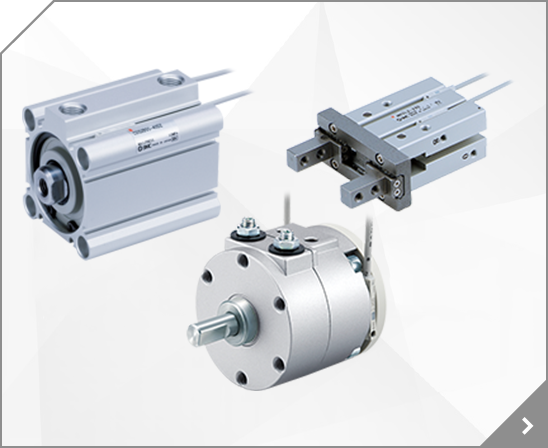
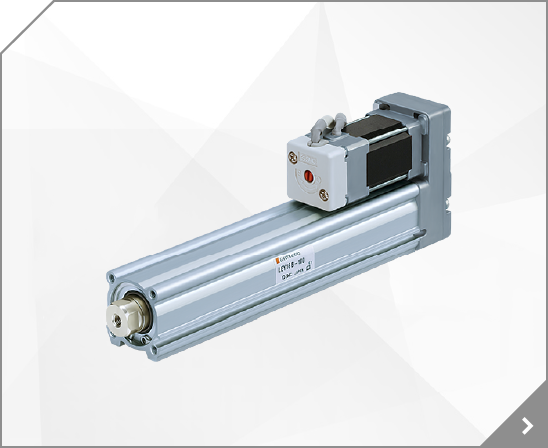
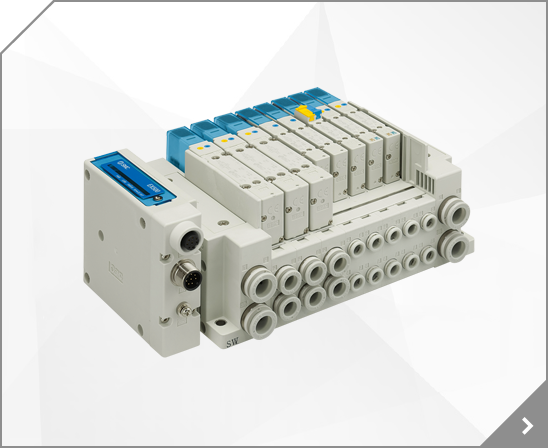
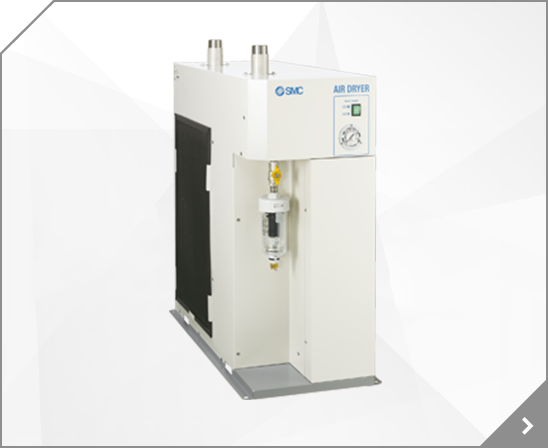
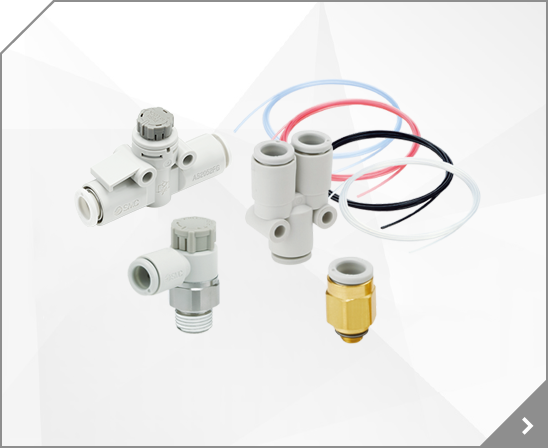

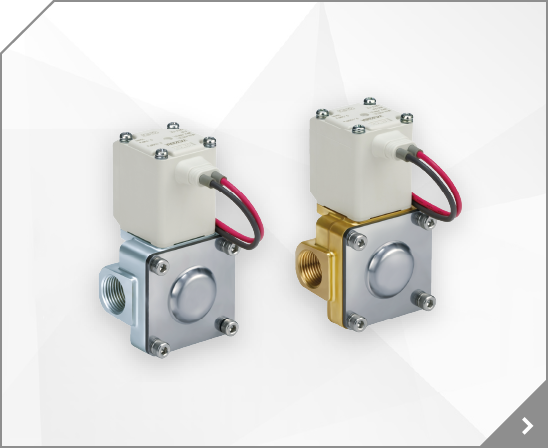

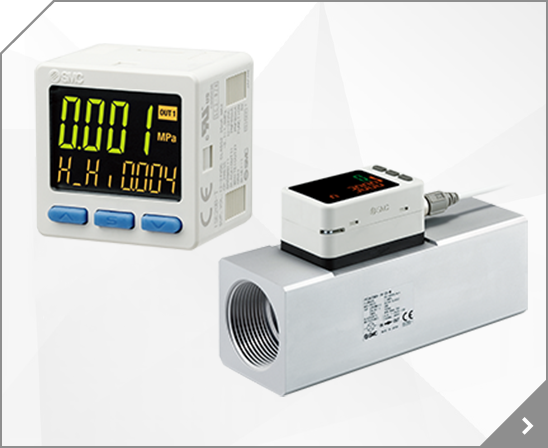
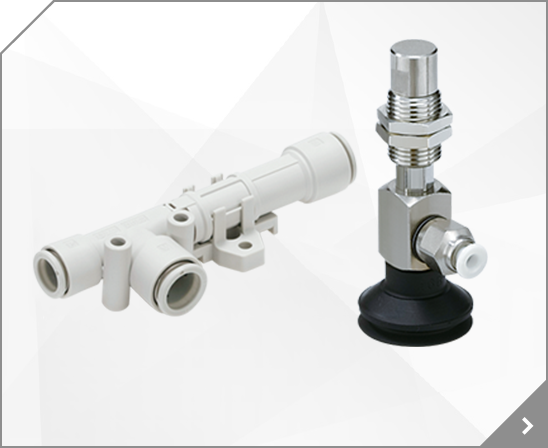

 HRX-OM-W032
HRX-OM-W032